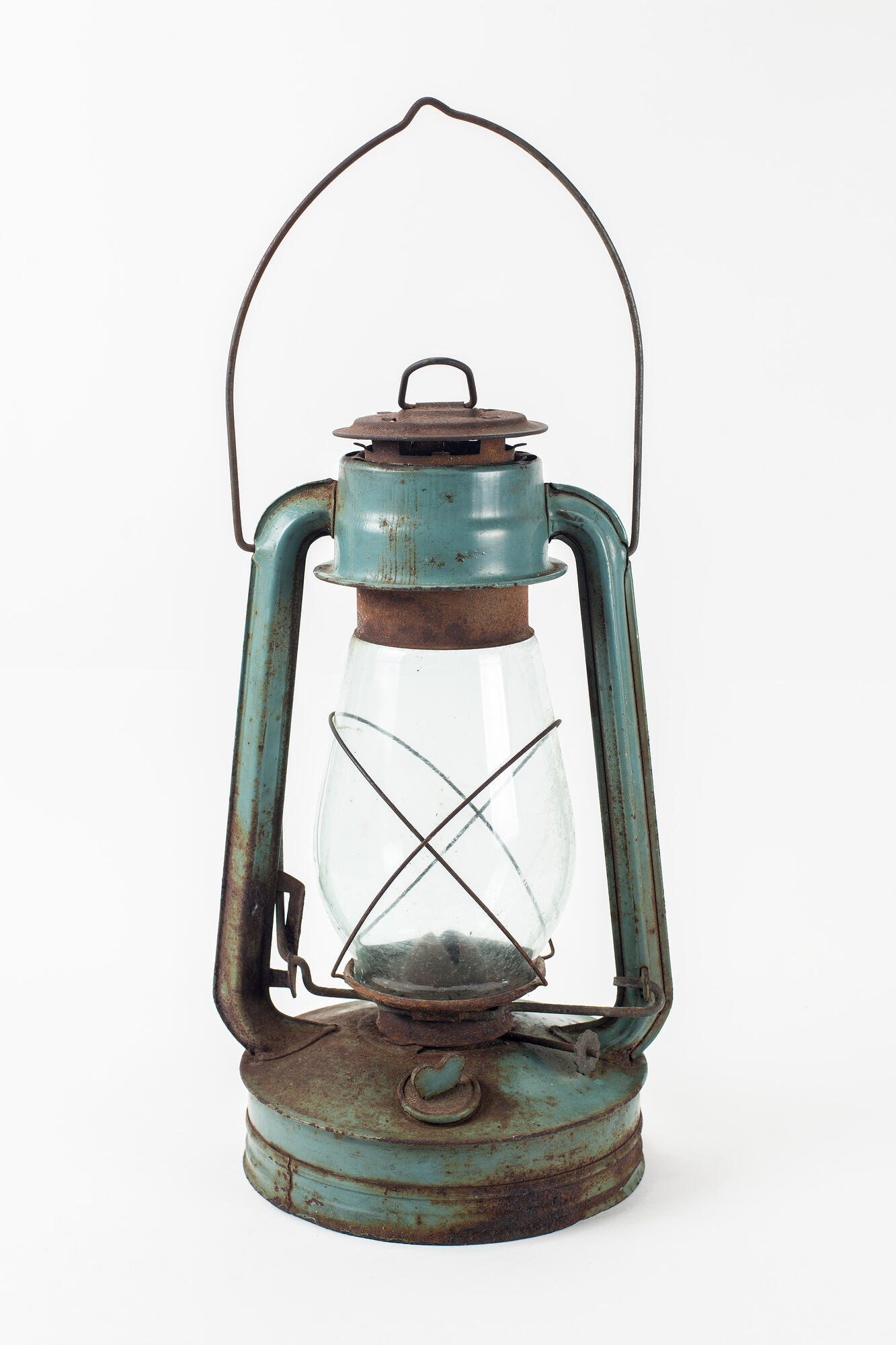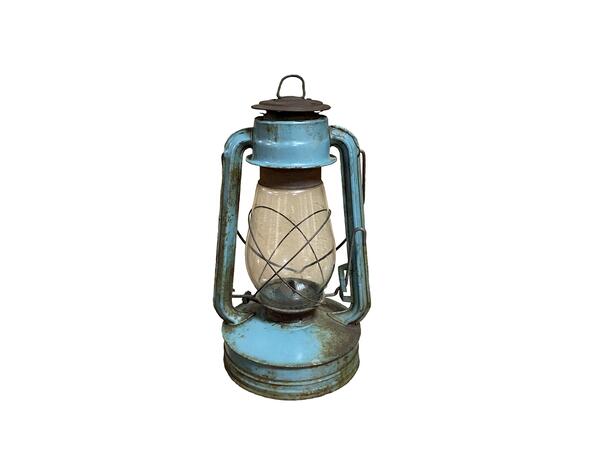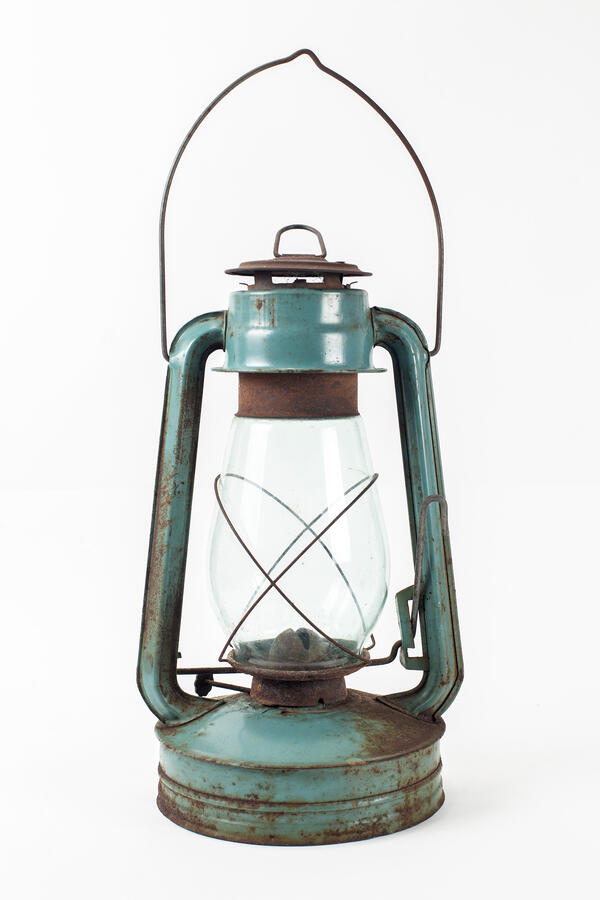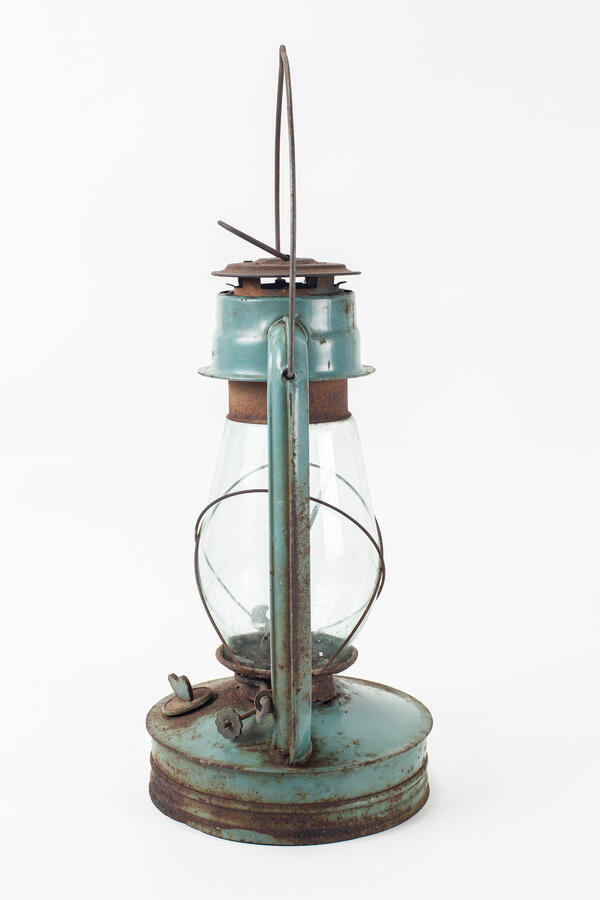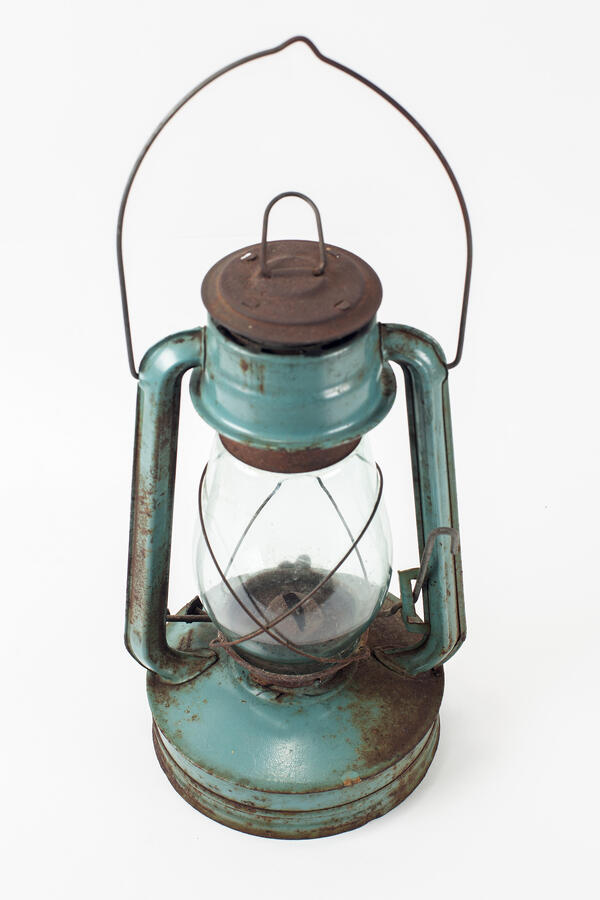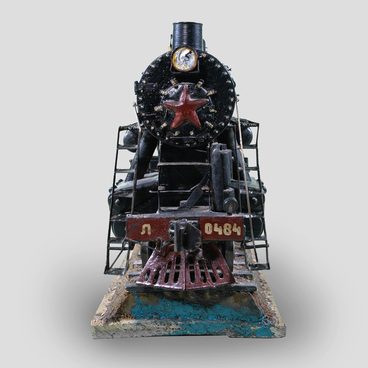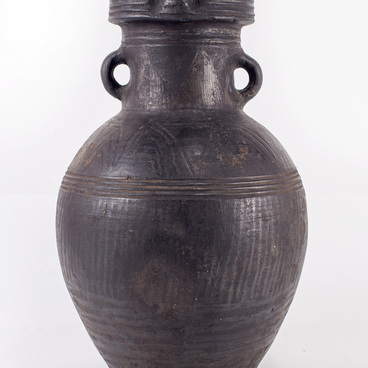A kerosene lamp is a type of lighting device that uses kerosene as a fuel. Kerosene lamps were a source of illumination used after candles and oil lamps, but before electric lighting. They were popular in the late 19th and early 20th centuries, and are still used in remote areas of Russia or on hiking trips.
Kerosene was first used for lighting in 1846. Abraham Gesner, a Canadian physician and geologist, discovered a new type of fuel and called it “keroselain” from two Greek words that translate as “wax” and “oil”. Gesner pointed out the advantages of kerosene for lighting: purity and brightness. This significantly distinguished kerosene lamps from oil lamps that used lard or whale oil as fuel, which were far from being smokeless and odorless.
The first kerosene lamps appeared in the middle of the 19th century. The brightness of the lamp depended on the size of the wick, which was soaked in kerosene. The technical performance of kerosene lamps depended on the width of the wick and was measured in lines — obsolete Russian and English units of length. One line was equal to two millimeters. According to the width of the wick, the lamps were divided into six main categories, from 3 to 20 lines. The most popular kerosene lamps were popularly called “seven-line” and “twenty-line” lamps. In total, more than a thousand models of kerosene lamps have been produced in the world, including the German wind-resistant lantern called “Bat”.
A classic kerosene lamp consists of a metal container for kerosene, a burner, glass with an air duct, a frame and a dimmer switch — a key. Kerosene is poured into the container, where the wick is put and clamped with a lifting mechanism in the burner. The flame is covered with lamp glass: it provides the necessary traction, protects the flame from the wind and makes it safer. A kerosene lamp could be carried by using a special frame or it could be hung on a wall.
A kerosene lamp was not only a source of light, but also an interior decoration. Porcelain lamps with elegant shades were a work of art and a sign of prosperity. Metal parts for expensive lamps were cast from bronze and cast iron, and some parts were ordered from the best porcelain factories in Sevres, France, and Meissen, Germany. Affordable kerosene lamps were made from iron, brass, and colored glass, with green being the most popular color.
Kerosene was first used for lighting in 1846. Abraham Gesner, a Canadian physician and geologist, discovered a new type of fuel and called it “keroselain” from two Greek words that translate as “wax” and “oil”. Gesner pointed out the advantages of kerosene for lighting: purity and brightness. This significantly distinguished kerosene lamps from oil lamps that used lard or whale oil as fuel, which were far from being smokeless and odorless.
The first kerosene lamps appeared in the middle of the 19th century. The brightness of the lamp depended on the size of the wick, which was soaked in kerosene. The technical performance of kerosene lamps depended on the width of the wick and was measured in lines — obsolete Russian and English units of length. One line was equal to two millimeters. According to the width of the wick, the lamps were divided into six main categories, from 3 to 20 lines. The most popular kerosene lamps were popularly called “seven-line” and “twenty-line” lamps. In total, more than a thousand models of kerosene lamps have been produced in the world, including the German wind-resistant lantern called “Bat”.
A classic kerosene lamp consists of a metal container for kerosene, a burner, glass with an air duct, a frame and a dimmer switch — a key. Kerosene is poured into the container, where the wick is put and clamped with a lifting mechanism in the burner. The flame is covered with lamp glass: it provides the necessary traction, protects the flame from the wind and makes it safer. A kerosene lamp could be carried by using a special frame or it could be hung on a wall.
A kerosene lamp was not only a source of light, but also an interior decoration. Porcelain lamps with elegant shades were a work of art and a sign of prosperity. Metal parts for expensive lamps were cast from bronze and cast iron, and some parts were ordered from the best porcelain factories in Sevres, France, and Meissen, Germany. Affordable kerosene lamps were made from iron, brass, and colored glass, with green being the most popular color.
